14 Hidden Gems To Explore In 2025 (And 3 Overhyped Spots To Skip)
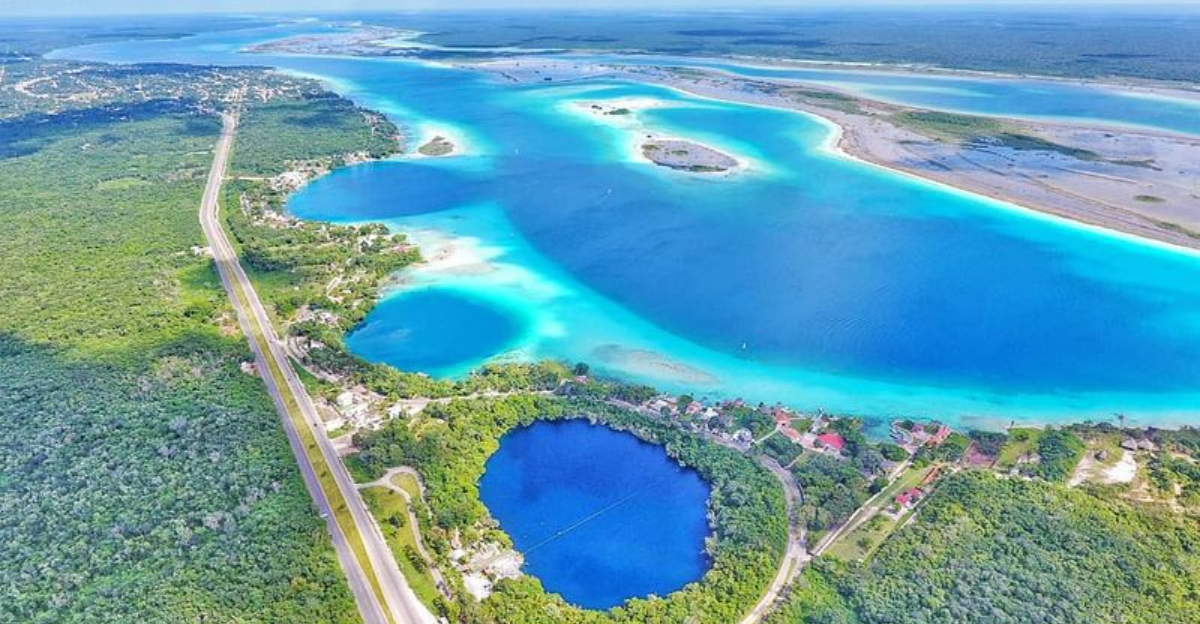
Tired of crowded tourist traps and Instagram hotspots? I’ve got the perfect travel guide for your 2025 adventures! As travel patterns shift and new destinations emerge from the shadows, now’s the time to discover places that offer authentic experiences without the overwhelming crowds.
I’ve compiled 14 incredible hidden gems that deserve your attention next year, plus 3 overhyped destinations you might want to reconsider.
1. Faroe Islands: Denmark’s Atlantic Secret
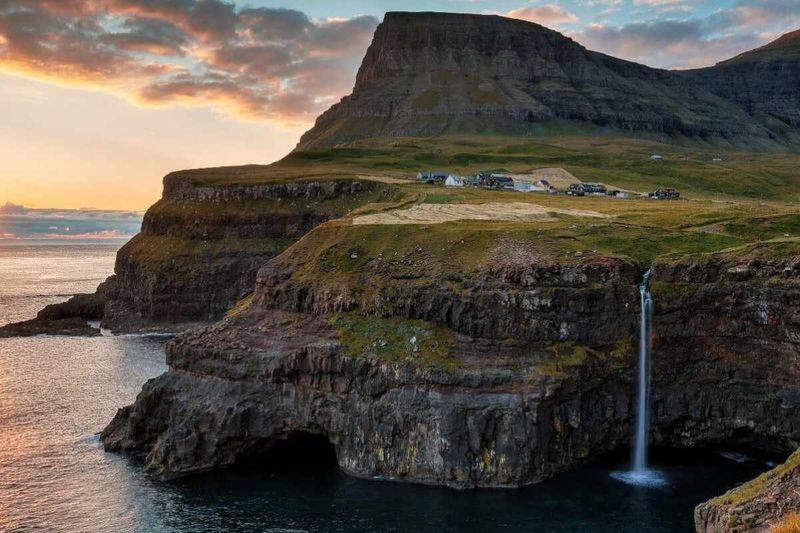
Never have I seen landscapes that blend rugged cliffs, emerald valleys, and moody skies so perfectly. This autonomous Danish territory sits quietly between Iceland and Norway, offering dramatic scenery without Iceland’s tourist crowds.
Villages with grass-roofed houses dot the coastlines of these 18 volcanic islands. You’ll find yourself alone on hiking trails that lead to plunging waterfalls and panoramic vistas.
Local tip: Visit Múlafossur Waterfall at sunset for a view that feels almost mystical as the water cascades directly into the ocean.
2. Comporta, Portugal: The Anti-Algarve Escape
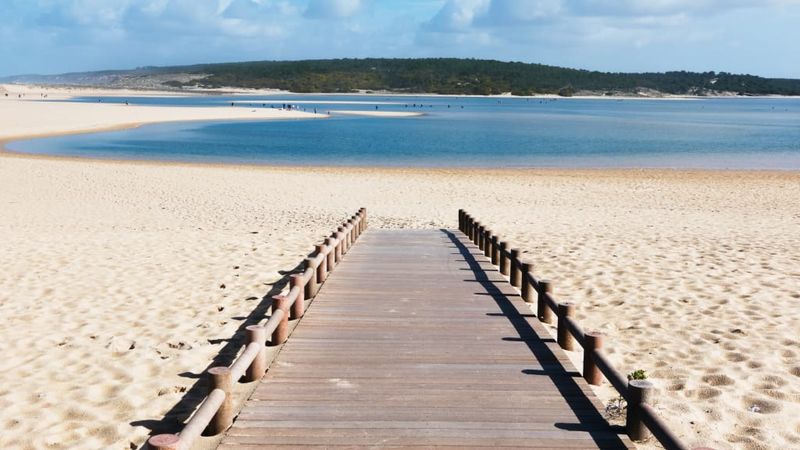
White sand stretches for miles with barely a footprint in sight along Portugal’s Comporta coastline. Just an hour south of Lisbon, this bohemian hideaway has managed to stay under the radar despite being a favorite of European designers and artists.
Rice fields and pine forests create a uniquely tranquil backdrop to pristine beaches. The laid-back vibe extends to the handful of chic restaurants serving fresh seafood caught that morning.
Visit in May or September to enjoy perfect weather without any crowds whatsoever.
3. Matera, Italy: Ancient Cave City Revival
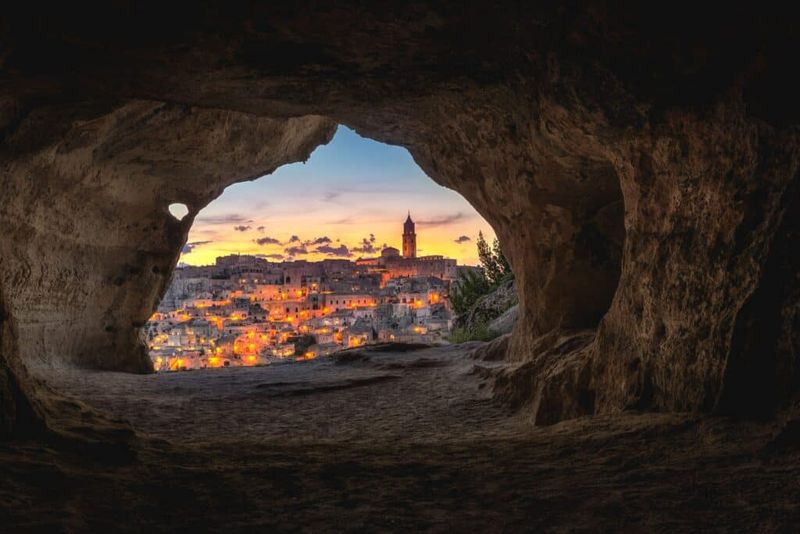
Carved directly into limestone cliffs, the sassi (cave dwellings) of Matera tell a remarkable story of human ingenuity. Once considered Italy’s “national shame” due to poverty, this Basilicata gem has transformed into a cultural marvel without losing its soul.
Wandering through the labyrinthine streets feels like stepping back thousands of years. Ancient cave churches hide incredible Byzantine frescoes, while former grottos now house boutique hotels and artisan workshops.
Early mornings offer magical light as the sun illuminates the honeycomb-like stone city – perfect for photographers seeking unique Italian vistas.
4. Kuelap, Peru: The Machu Picchu Alternative
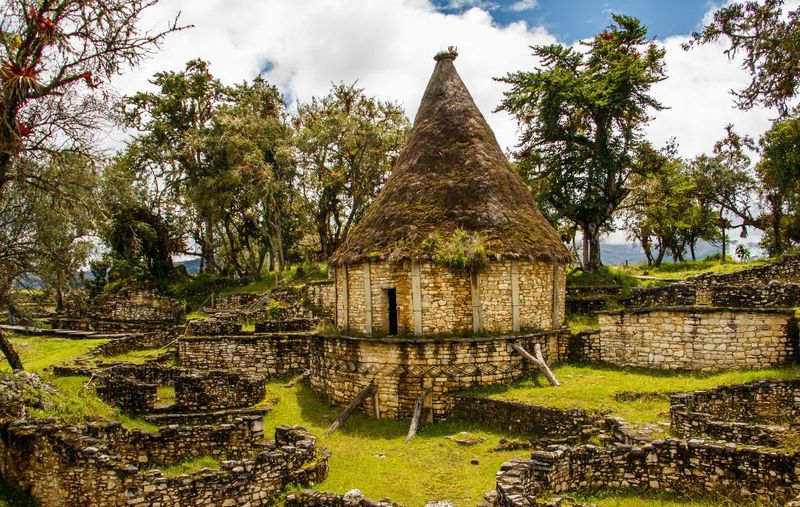
High in northern Peru’s cloud forests stands a fortress that rivals Machu Picchu yet receives just a fraction of its visitors. Built by the Chachapoyas (the “Warriors of the Clouds”), Kuelap predates its famous Incan counterpart by nearly 1,000 years.
Massive stone walls enclose over 400 circular buildings in this mountaintop citadel. Orchids and bromeliads grow from ancient stones, creating a mystical atmosphere as mist rolls through the complex.
A new cable car system makes reaching this archaeological wonder much easier than in previous years, though you’ll still share the experience with just a handful of travelers.
5. Ghent, Belgium: Bruges Without The Crowds
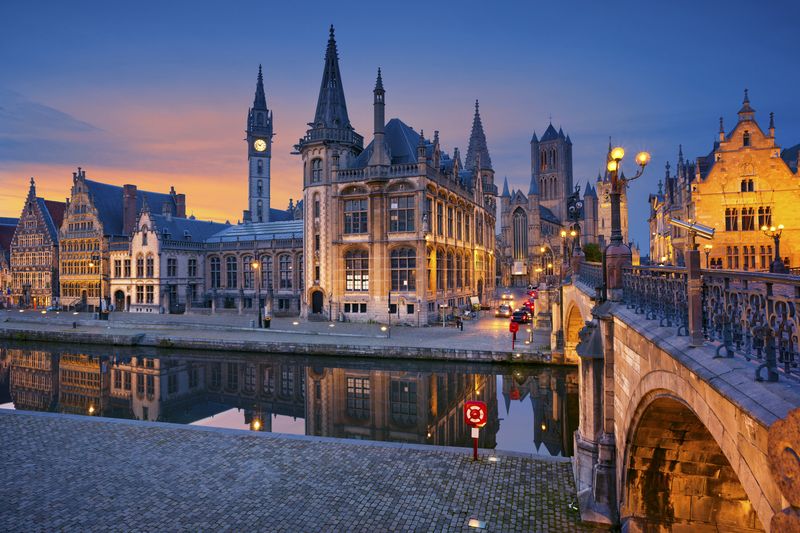
While tourists flock to Bruges, savvy travelers are discovering Ghent’s equally stunning medieval architecture without the cruise ship crowds. This university town combines authentic Belgian life with picture-perfect canals and Gothic masterpieces.
Evenings along the Graslei waterfront feel magical as historic guild houses light up and reflect in the water. The city’s vibrant food scene champions local ingredients in both traditional and innovative ways.
Don’t miss the Ghent Altarpiece at Saint Bavo’s Cathedral – one of the world’s most important art treasures, recently restored to its original brilliance.
6. Svaneti, Georgia: Europe’s Last Mountain Wilderness
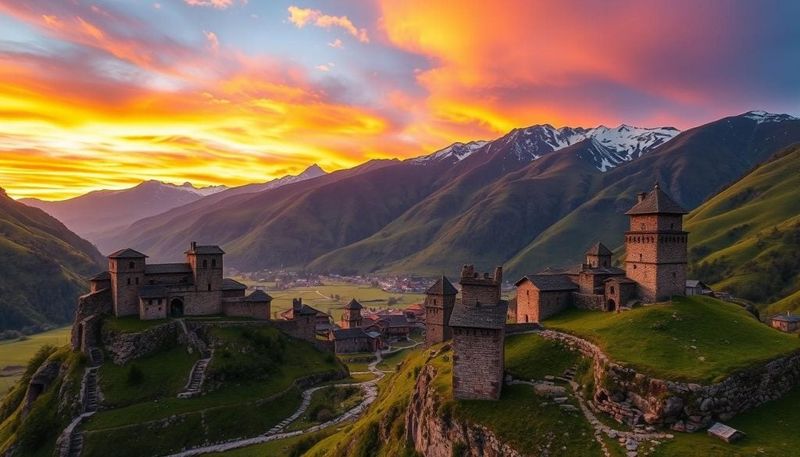
Tucked high in the Caucasus Mountains, Svaneti feels like stepping into a medieval fairy tale. Thousand-year-old defensive towers rise from villages where ancient traditions remain alive in one of Europe’s most remote regions.
Hiking between communities reveals glaciers, wildflower meadows, and peaks topping 15,000 feet. Families still welcome travelers into their homes for homestays featuring homemade wine and hearty Georgian cuisine.
Though infrastructure improvements make Svaneti more accessible than ever, winter snowfall still isolates these villages for months, preserving their unique cultural identity.
7. Siargao, Philippines: Surfer’s Paradise Without The Hype
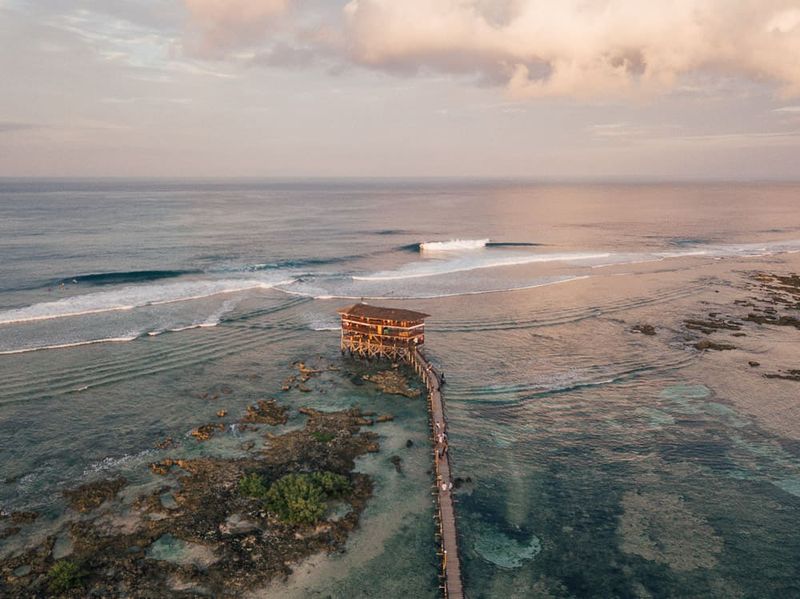
Forget Bali’s crowded breaks – Siargao offers world-class surfing with a fraction of the development. This teardrop-shaped island in the Philippines’ eastern reaches maintains its laid-back atmosphere despite growing popularity.
Beyond the famous Cloud 9 wave, you’ll discover pristine lagoons, mangrove forests perfect for paddleboarding, and tiny islands accessible only by boat. Locally-owned cafes serve fresh catches and organic produce from nearby farms.
Sustainability initiatives are protecting Siargao from overtourism, with new eco-resorts blending harmoniously into coconut groves rather than dominating the landscape.
8. Bacalar, Mexico: The Maldives of Mexico
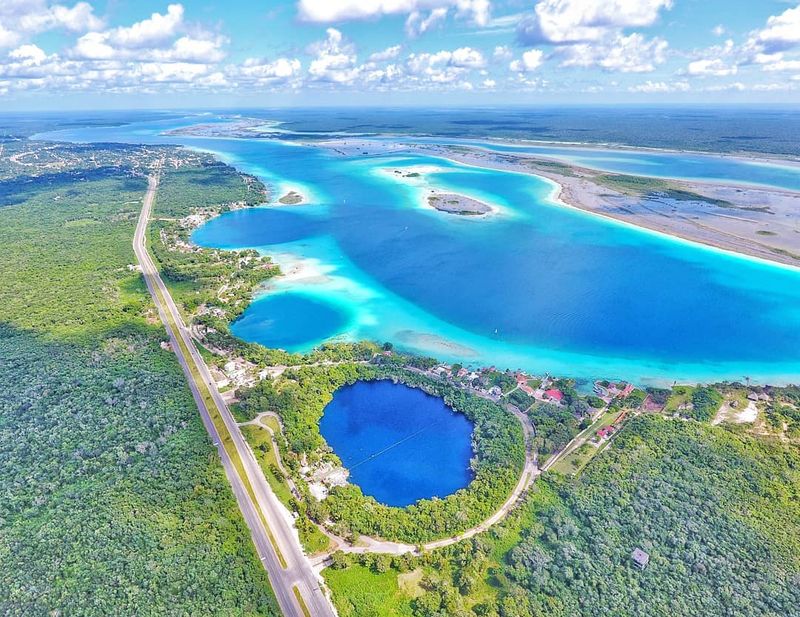
Seven shades of blue ripple through Bacalar’s freshwater lagoon, creating a visual spectacle that rivals any ocean paradise. Located far from Cancún’s party scene in Mexico’s southern Yucatán, this “Lagoon of Seven Colors” remains refreshingly authentic.
Ancient Maya used this 42-mile lagoon as a trading route, leaving ruins that you can still visit today. The water’s incredible hues come from limestone and different depths, creating natural swimming pools of varying blue intensities.
Stromatolites – living rocks formed by the oldest organisms on Earth – line parts of the lagoon, making this not just beautiful but geologically significant.
9. Saaremaa, Estonia: Baltic Island Time Capsule

Windmills, juniper forests, and medieval churches dot Estonia’s largest island, creating a landscape that feels delightfully stuck in time. Saaremaa’s isolation has preserved both its natural beauty and cultural heritage despite being just a short ferry ride from the mainland.
The 14th-century Kuressaare Castle stands remarkably intact, surrounded by moats filled with lilies. Coastal hiking trails lead to meteorite craters and pristine beaches where Baltic amber washes ashore after storms.
Local spas harness the island’s mineral-rich mud for treatments that draw on traditions dating back centuries – the perfect reward after exploring by bicycle.
10. Taroudant, Morocco: The Anti-Marrakech Experience
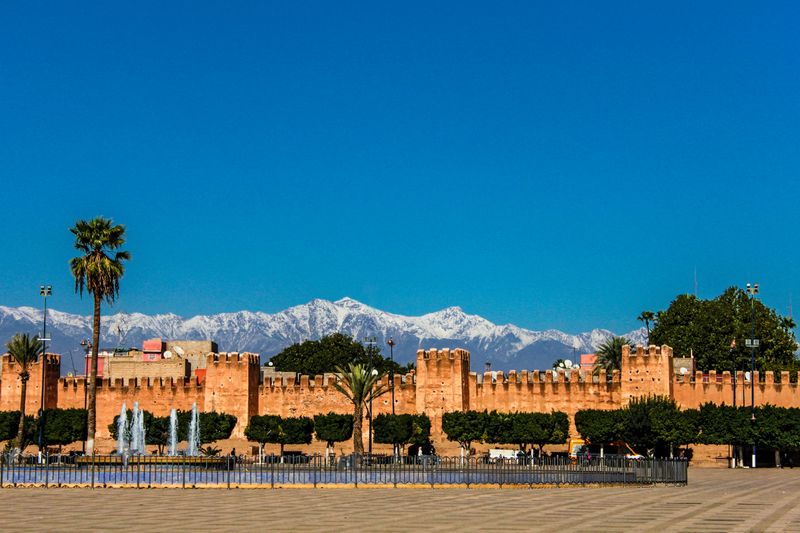
Honey-colored walls glow at sunset around Taroudant, a fortified market town that offers all of Morocco’s magic without Marrakech’s relentless hustle. Located in the fertile Souss Valley and surrounded by mountains, this “Little Marrakech” delivers authentic experiences at a gentler pace.
The souks sell handicrafts actually made by local artisans rather than mass-produced souvenirs. You’ll find yourself alone exploring the massive mud-brick ramparts that encircle the old town.
Friendly locals still express genuine surprise at seeing visitors, making interactions feel meaningful rather than transactional.
11. Durmitor National Park, Montenegro: Balkan Alpine Wonderland
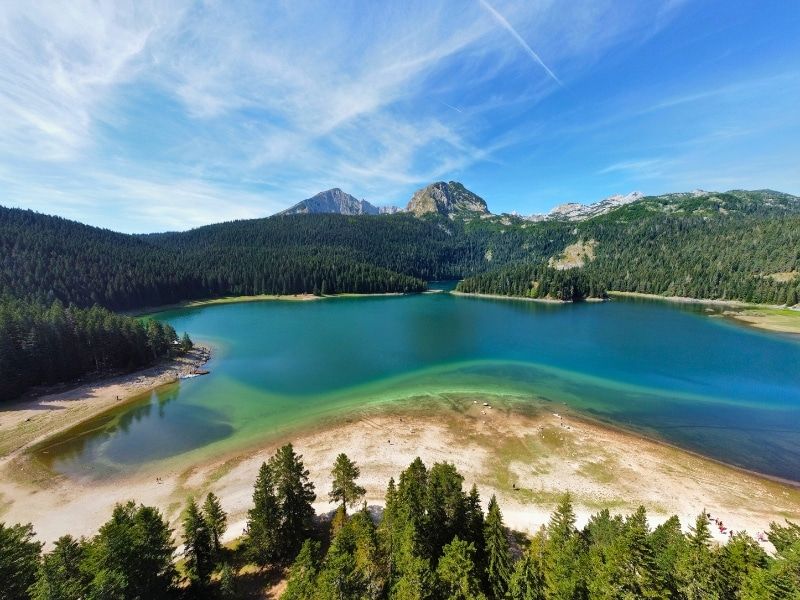
Deep canyons, glacial lakes, and limestone peaks create an outdoor playground that would be world-famous if located in Western Europe. Montenegro’s crown jewel national park delivers Alpine-quality landscapes at a fraction of the cost and crowds.
The Tara River Canyon plunges to depths rivaling the Grand Canyon, while 18 glacial lakes known as “mountain eyes” reflect surrounding peaks. Winter brings affordable skiing, while summer offers hiking through meadows exploding with wildflowers.
Local mountain huts serve traditional dishes like kačamak (polenta with cheese) to fuel your adventures through this UNESCO-protected wilderness.
12. Guizhou Province, China: Misty Mountains & Minority Cultures

While tourists crowd into Beijing and Shanghai, southwestern China’s Guizhou Province offers misty mountains, terraced rice fields, and authentic cultural experiences. This region hosts 17 distinct ethnic minority groups who maintain traditional ways of life.
Ancient wooden villages perch on hillsides, connected by swinging bridges and footpaths through bamboo forests. The karst landscape creates natural wonders like the world’s largest waterfall cluster at Huangguoshu.
New high-speed rail connections have opened this once-remote province to visitors, though tourism remains refreshingly undeveloped compared to China’s eastern regions.
13. Salento, Colombia: Coffee Country Paradise
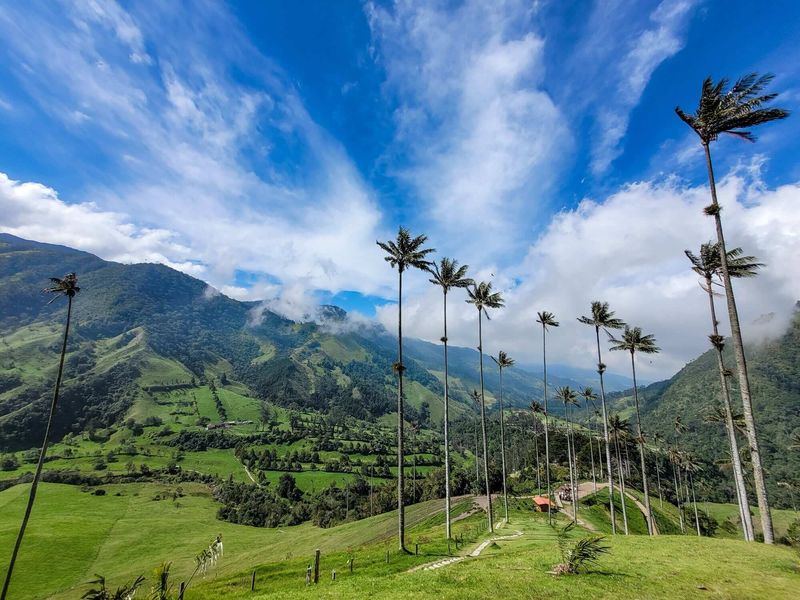
Nestled in Colombia’s Coffee Triangle, Salento combines colorful colonial architecture with verdant mountain landscapes and the world’s tallest palm trees. This highland town offers perfect weather year-round at 6,200 feet above sea level.
Hiking through the Cocora Valley feels surreal as 200-foot wax palms tower overhead like something from a Dr. Seuss book. Family-run coffee farms welcome visitors for tours ending with cups of the freshest brew you’ll ever taste.
Evening games of tejo – Colombia’s national sport involving throwing metal pucks at gunpowder targets – provide authentic cultural immersion with friendly locals.
14. Istria, Croatia: Mediterranean Bliss Without Dalmatian Crowds
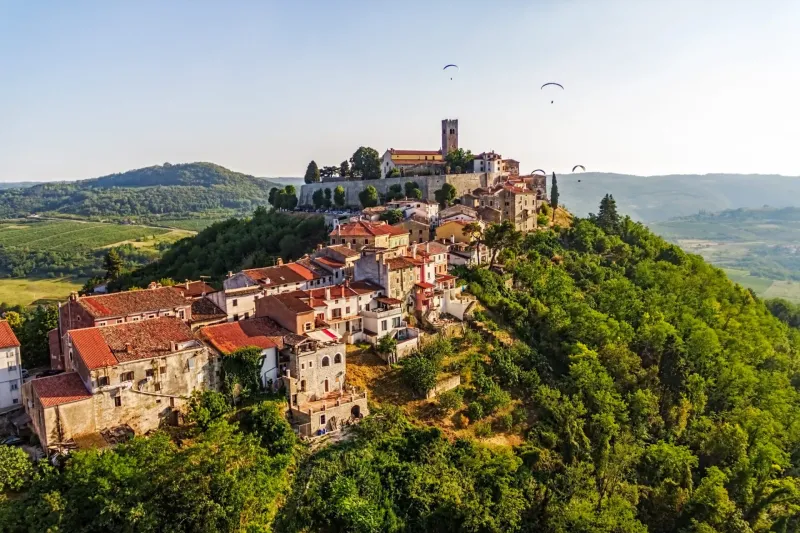
While Dubrovnik and Split burst with tourists, Croatia’s heart-shaped Istrian peninsula offers similar charms with room to breathe. This region blends Italian and Croatian influences into something uniquely delicious.
Hilltop towns like Motovun and Grožnjan could rival any in Tuscany, with stone streets leading to panoramic views of vineyards and olive groves. The coastline alternates between rocky coves with crystalline water and Roman ruins that you can explore without fighting crowds.
Truffle hunting in ancient forests adds culinary adventure to your journey through this Mediterranean haven.
15. SKIP: Santorini, Greece
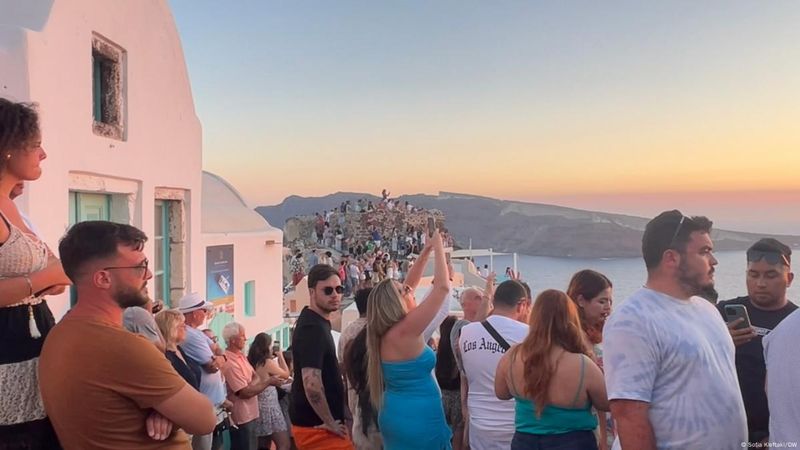
Those dreamy white-and-blue Instagram shots hide an uncomfortable reality: Santorini has become painfully overcrowded. During peak season, the narrow streets of Oia become human traffic jams as thousands of cruise ship passengers vie for the same sunset spots.
Hotels charging astronomical rates offer increasingly disappointing experiences as the island strains under tourism pressure. Local life has largely disappeared as properties convert to tourist accommodation.
Consider alternatives like Milos or Folegandros for authentic Cycladic charm with those famous white buildings and blue domes – minus the crowds and inflated prices.
16. SKIP: Tulum, Mexico
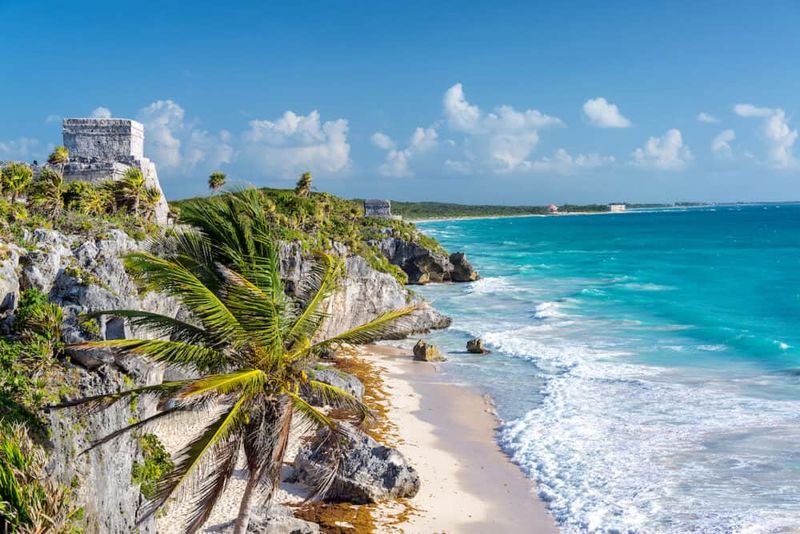
Once a genuine bohemian escape, Tulum has transformed into an overpriced playground that often fails to deliver on its promises. Environmental concerns mount as development outpaces infrastructure, with sewage issues affecting those picture-perfect beaches.
The disconnect between Tulum’s eco-conscious marketing and reality grows wider each year. Expect to pay New York City prices for basic accommodations and mediocre food served with a side of performative spirituality.
For authentic Yucatán experiences, consider nearby alternatives like Bacalar or Holbox, where your tourist dollars support local communities rather than international investors.
17. SKIP: Bali’s Kuta and Seminyak
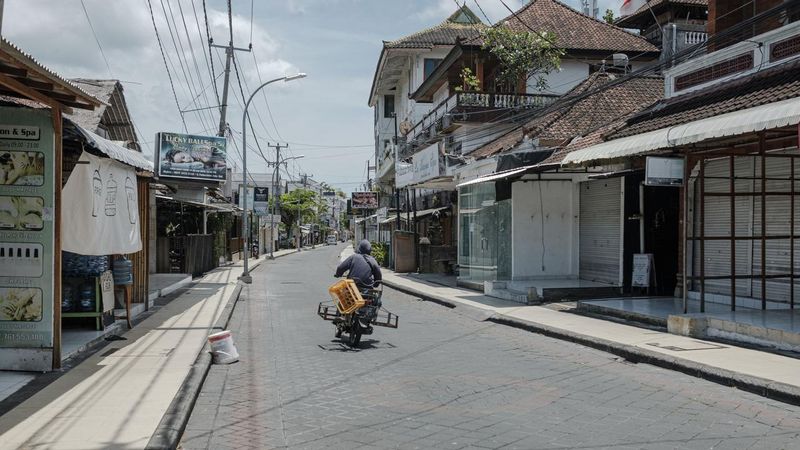
Bali still holds magic, but not in traffic-choked Kuta and Seminyak, where motorbikes weave through endless traffic past generic beach clubs and multinational brands. These areas represent the worst of Bali’s overdevelopment, with trash-strewn beaches and aggressive touts diminishing the experience.
Water shortages affect locals while tourists fill infinity pools for social media photos. Cultural experiences feel increasingly manufactured for quick consumption rather than genuine understanding.
Seek out northern and eastern Bali instead, where traditional village life continues and nature remains the star attraction rather than an afterthought.
